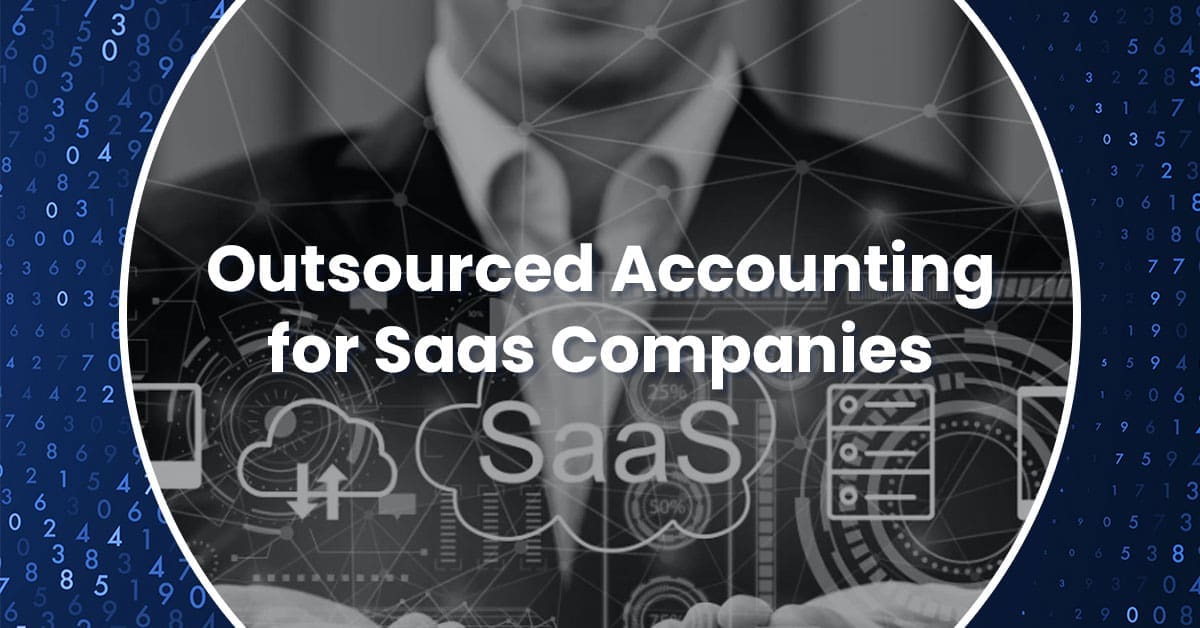In the construction management and engineering world, most firms live and die by utilization, labor efficiency, and backlog. Yet one number quietly shapes all three: the overhead rate.
It determines whether a firm wins a contract, meets bonding capacity, or turns a profit. Still, it also tells a deeper story about how well a company is managing its people, systems, and scalability.
With new technology, tighter margins, and increasing audit scrutiny, the firms that treat overhead as strategy — not just accounting — are the ones separating themselves from the pack.
What the Overhead Rate Really Represents
At its core, the overhead rate measures the ratio between indirect costs and direct labor — the portion of a firm’s resources that can’t be directly tied to a specific project but are essential to operations.
Overhead Rate = Indirect Costs / Direct Labor
This calculation feeds every cost-plus proposal, FAR-based reimbursement, and internal profitability model. But the real challenge isn’t math — it’s classification, visibility, and strategic use.
The Anatomy of Indirect Cost Pools
Typical indirect cost pools for AEC firms include administrative salaries, office rent, utilities, insurance, IT infrastructure, professional liability insurance, and training.
Direct costs, by contrast, are traceable to a project: project engineers, field supervision, travel, and subcontractors.
Where many firms go wrong is blending the two. Misclassifying time or expenses can distort rates and lead to poor decisions.
The Strategic Advantages of Understanding and Leveraging Your Overhead Rate
Overhead rates are more than compliance tools; they’re strategic levers that can reshape profitability, pricing, and communication across the firm.
1. Informed Pricing and Bidding
A well-calculated overhead rate gives leadership confidence in pricing work profitably. It provides a defensible multiplier when negotiating cost-plus or T&M contracts, allows competitive pricing without cutting into margin, and enables ‘what-if’ modeling — such as the impact of a 5% drop in utilization. Firms that understand their rate can price smarter, not just lower.
2. Improved Forecasting and Cash Flow Planning
Tracking indirect cost trends helps forecast periods of overhead absorption (high utilization) versus drag (slow billing cycles). It also informs timing for hiring, expansion, or capital investment. The overhead rate becomes a forward-looking planning tool, not a backward-looking audit metric.
3. Better Communication with Stakeholders
Transparent overhead reporting builds trust with sureties, lenders, and employees. Sureties view rate stability as a proxy for discipline, and staff become aware of how non-billable time impacts profitability. A firm that clearly explains its overhead earns confidence both internally and externally.
4. Accountability and Operational Efficiency
When managers understand overhead implications, they make smarter cost decisions. Project leaders recognize how non-billable hours inflate overhead, and department heads can benchmark indirect spending against peers. Overhead literacy creates a culture of ownership and financial alignment.
5. Enhanced Valuation and Growth Potential
A stable, well-documented overhead structure strengthens firm valuation. Investors and buyers view predictability and process maturity as risk reducers — a hallmark of higher multiples in AEC mergers and acquisitions. Overhead mastery increases enterprise value.
Wiss Insight: Even minor classification errors (like misallocating project management hours) can inflate overhead rates by 5–10% — enough to swing profitability on a major contract.
Quick Example: If indirect costs total $2M and direct labor is $1.3M, the overhead rate equals 154%. Each $1 in direct labor supports $1.54 in indirect costs. That clarity informs pricing, staffing, and capital planning decisions.
Strategic takeaway: Overhead rates aren’t just an accounting metric — they’re a management compass guiding smarter bids, more substantial margins, and sustainable growth.
For firms working on public infrastructure, GAAP consistency and FAR Part 31 compliance aren’t optional — they’re baseline requirements. GAAP demands that indirect costs are allocated on a logical, consistent basis. FAR Part 31 defines allowable and unallowable costs for government reimbursement — interest, bad debts, and entertainment cannot be included.
But compliance is only the starting point. Firms that view overhead reporting purely as a defensive requirement miss the opportunity to use those same metrics for forward-looking strategy.
Overhead as a Strategic Diagnostic Tool
Your overhead rate is not just an accounting figure — it’s a diagnostic of firm health. High or volatile overhead often signals one of four conditions:
- Over-staffed infrastructure
- Under-utilized technical labor
- Technology inefficiencies
- Project mix imbalance
By treating the overhead rate as a living KPI, leadership can identify where to tighten processes, rebalance resources, or automate workflows.
Three Strategic Lenses to Apply
1. Financial Strategy — Margin Engineering
Overhead directly dictates your multiplier and pricing strategy. Tie annual budgeting to projected direct labor growth to prevent margin erosion.
2. Operational Strategy — Efficiency and Resource Alignment
Disaggregate overhead by function, automate administrative tasks, and benchmark utilization.
3. Strategic Growth — Scalability and Future Readiness
Use overhead trends to inform expansion, software investment, and service-line growth.
The Technology Shift: From Static Reports to Dynamic Insights
Legacy ERP systems often bury overhead data inside dense reports. New AI-driven platforms now integrate project management and accounting data, enabling live dashboards, predictive cost modeling, and anomaly detection. This turns compliance data into strategic insight.
Common Pitfalls (and How to Avoid Them)
- Treating overhead as a single static pool.
- Failing to adjust rates mid-year.
- Using the wrong denominator.
- Ignoring utilization drift.
- Under-communicating with project managers.
Each of these errors can distort decisions, compliance, and profitability.
Benchmarking and Industry Context
While every firm’s structure is unique, the following ranges reflect current AEC industry benchmarks based on data from Deltek Clarity, Zweig Group, and AEC Advisors (2024–2025):
Engineering / Design Firms: 150%–175% (high-performing firms 130%–150%; smaller or specialized 175%–200%)
- Driven by professional liability insurance, software licensing, QA/QC, and business development support.
Construction Management Firms: 110%–140% (public-sector 125%–150%; lean firms 100%–120%)
- Typically operate with leaner overhead but carry higher travel, compliance, and insurance costs.
Hybrid Design-Build / EPCM Firms: 140%–180% (vertically integrated 160%–200%)
- Blended indirect structure across design, procurement, and construction oversight.
Firms should benchmark internally by tracking trends in overhead rates over time and comparing peer data. Government contractors may also maintain a ‘compliant’ FAR-based rate (e.g., 145%) and a separate ‘target’ rate (e.g., 155%) for private-sector pricing. The key is not just hitting the number, but understanding what drives it — and how to improve it.
Action Framework: Turning Reporting Into Strategy
- Map your cost structure.
- Model scenarios.
- Align accountability.
- Invest in visibility.
- Communicate outcomes.
This framework helps firms translate overhead reporting into actionable strategy.
The Competitive Advantage of Overhead Mastery
When overhead is understood and managed strategically, it becomes a competitive differentiator: clients trust firms with disciplined rate structures, bonding agents increase capacity, and valuations rise. A strong overhead story signals operational maturity and financial credibility.
The firms that thrive in the next cycle will be those that know their numbers — and know what to do with them. Overhead rates aren’t just financial metrics; they’re management compasses guiding sustainable growth.
If your firm hasn’t revisited its overhead model recently, now is the time. Wiss’s Construction & Engineering Practice helps firms benchmark, optimize, and communicate their overhead rates with confidence — aligning finance, operations, and strategy.
Wiss Perspective
Overhead rates tell a story — about how your firm operates, competes, and grows. The most successful engineering and construction management firms don’t just track them; they use them to drive smarter pricing, stronger margins, and lasting client confidence.
At Wiss, our Construction & Engineering Practice helps firms benchmark, interpret, and modernize their overhead reporting — turning financial data into strategy, and strategy into growth.
The takeaway: overhead isn’t just a cost measure — it’s a leadership tool. When measured and managed well, it builds clarity, confidence, and long-term value across every project and every relationship.
Connect with us to turn your overhead data into actionable insight, stronger margins, and long-term value.





 Previous
Previous




